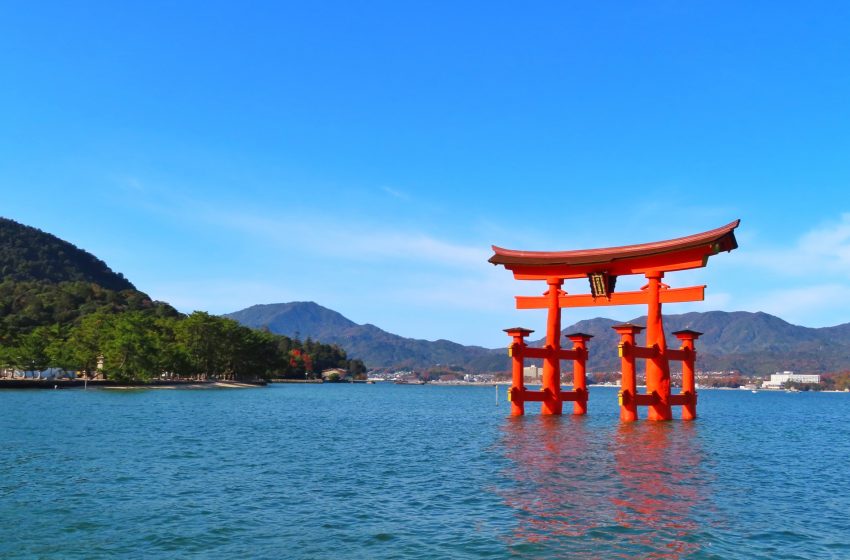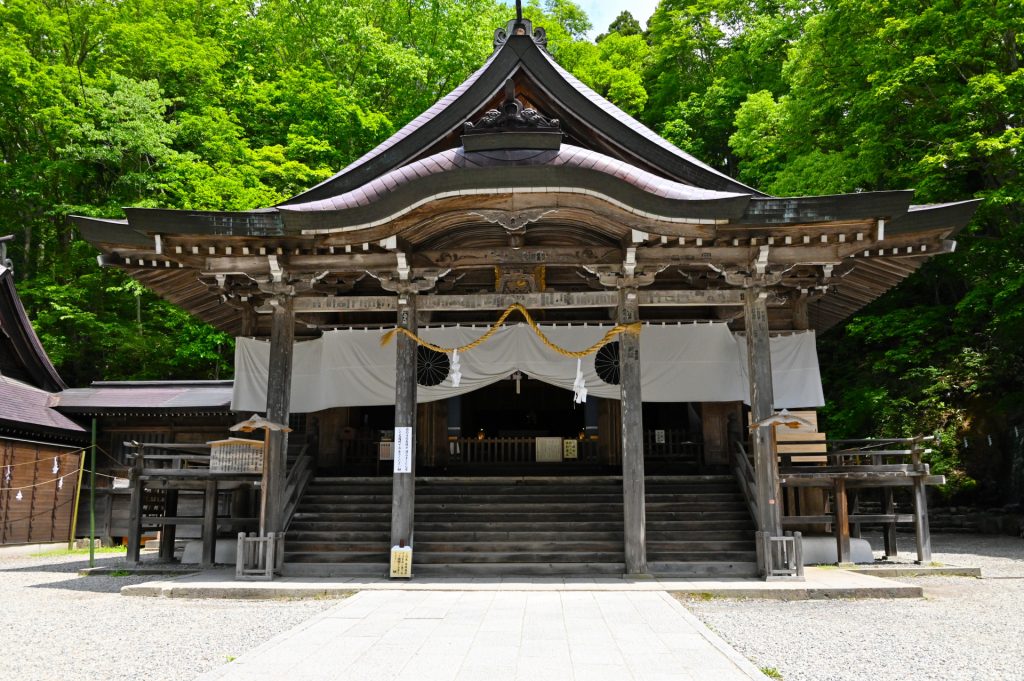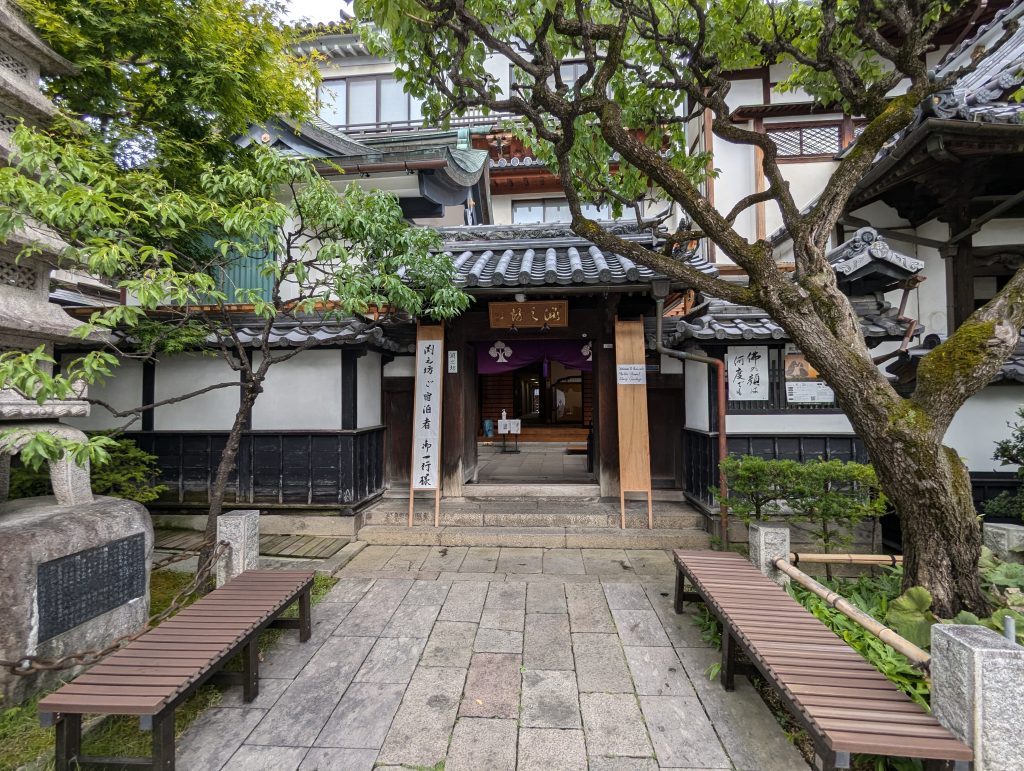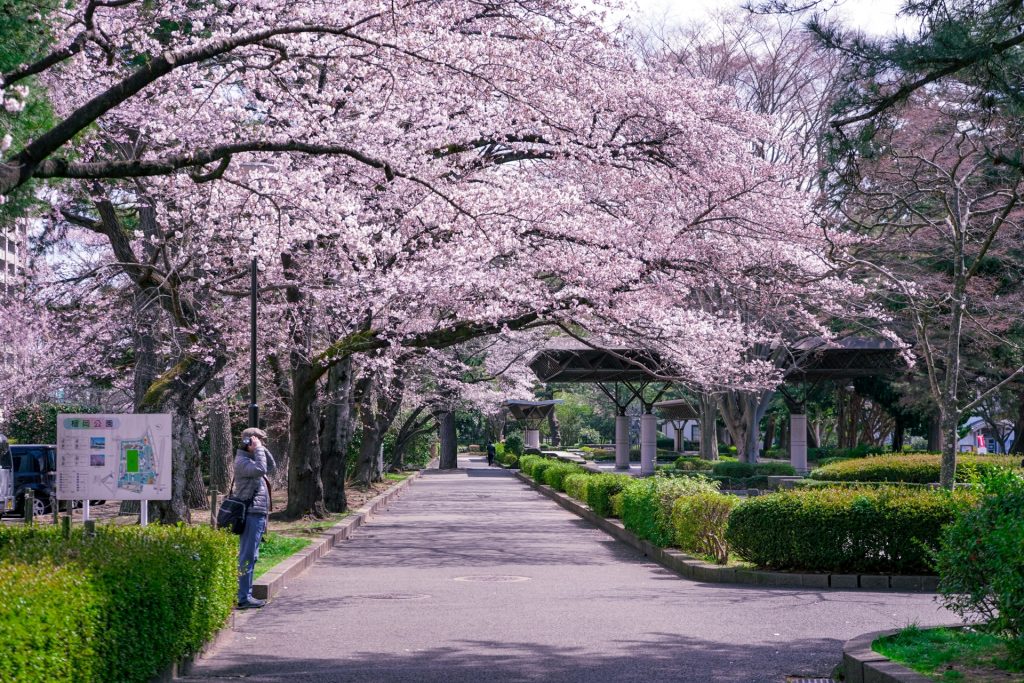
Discovering Japan’s Three Most Scenic Views: The Three Great Views of Japan
As you embark on a journey through the captivating landscapes of Japan, there are certain sights that stand out as iconic and breathtakingly beautiful. These natural wonders, known as the “Three Great Views of Japan” or “Nihon Sankei(日本三景)” have captured the imagination of poets, artists, and travelers for centuries. Let’s delve into the enchanting world of these three scenic treasures that exemplify the essence of Japan’s natural beauty.
Amanohashidate: The Bridge to Heaven
Located in northern Kyoto Prefecture, Amanohashidate is often described as one of the most picturesque sandbars in the world. The name “Amanohashidate” translates to “Bridge to Heaven,” evoking the image of a celestial pathway connecting the earth and the heavens. This sandbar, covered with pine trees and surrounded by azure waters, stretches across the mouth of Miyazu Bay.
To fully appreciate Amanohashidate’s beauty, visitors can view it from two distinct vantage points. One is the “Viewing Platform” at the northern end of the sandbar, where looking down upon the landscape creates the illusion of a bridge suspended in the sky. The second viewpoint is from the “Matanozoki” viewpoint on the southern end, where visitors can appreciate the sandbar’s elegant curve. Amanohashidate’s poetic charm and tranquility have inspired countless writers and artists throughout history.
Matsushima: Pine-Clad Islands on the Bay
Located in Miyagi Prefecture along the northeastern coast of Japan, Matsushima Bay is adorned with a myriad of small islands covered in lush pine trees. This stunning seascape is often praised for its ethereal beauty, with the countless green-clad islands blending harmoniously with the calm waters of the bay.
Visitors can enjoy Matsushima’s beauty from various angles – whether it’s from the shoreline, atop scenic viewpoints, or even while sailing on a traditional Japanese boat. The islands are known not only for their visual appeal but also for their spiritual significance, with temples and shrines dotting the landscape. The interplay between nature and human creativity makes Matsushima an enduring symbol of Japan’s artistic appreciation for the natural world.
Itsukushima: The Floating Shrine
Nestled within the tranquil Seto Inland Sea, the island of Itsukushima is home to one of Japan’s most iconic landmarks – the Itsukushima Shrine, often referred to as the “Floating Shrine.” The shrine’s unique architectural design allows it to appear as if it’s floating on the water during high tide, creating a mesmerizing reflection in the still waters below.
Itsukushima Shrine’s grand torii gate, which stands in the sea, adds to the ethereal atmosphere of the island. Visitors can explore the intricacies of the shrine’s design, witness its transformation with the changing tides, and immerse themselves in the island’s serene beauty. Itsukushima encapsulates the spiritual connection between nature and human culture that is deeply ingrained in Japanese tradition.
Capturing Japan’s Timeless Beauty
The “Three Great Views of Japan” are not just picturesque sights; they embody the essence of Japan’s natural allure and the deep appreciation for the country’s poetic landscapes. Amanohashidate, Matsushima, and Itsukushima serve as windows into the intricate relationship between nature, culture, and art in Japan. As you explore these three scenic wonders, you’ll find yourself not only captivated by their beauty but also transported into the heart of Japan’s timeless and enchanting spirit.




